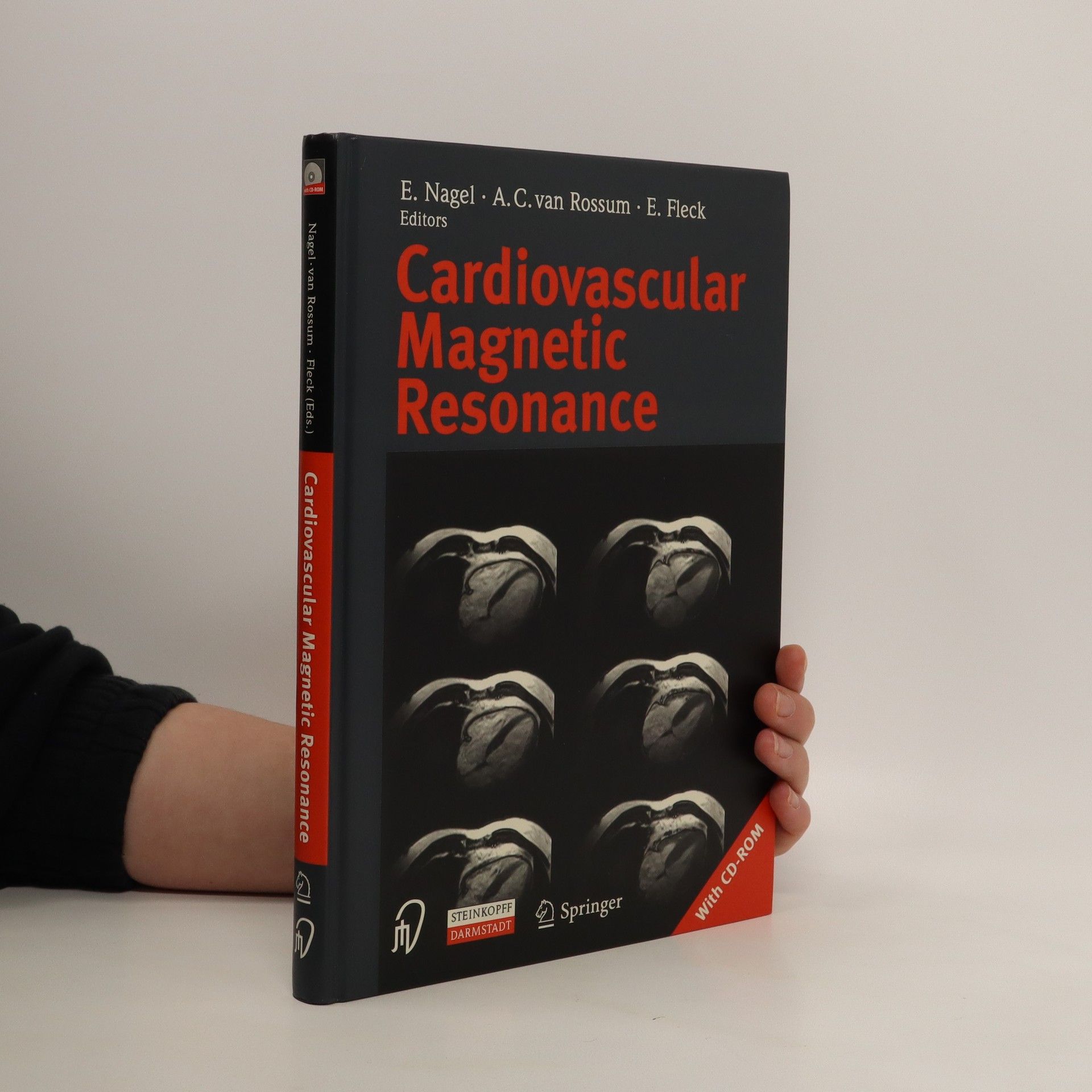Cardiovascular magnetic resonance
- 302 stránok
- 11 hodin čítania
Magnetic resonance imaging of the heart allows a quick and exact evaluation of global and regional pump function, regional myocardial wall motion, myocardial perfusion and coronary blood flow. Some of these parameters must also be analyzed under stress conditions to identify myocardial ischemia. By combining these functional parameters with high-resolution anatomical images, which are even sufficient to depict the coronary arteries, magnetic resonance imaging has become one of the most important noninvasive procedures to study the condition of the heart and is being increasingly used in the clinical setting. Therefore, it is important not only to optimize and evaluate the technique in specialized centers, but also for a broad variety of users to become familiar with the wide range of applications for this method. In this book, which is aimed at cardiologists, radiologists, and technical assistants, the physical fundamentals and scanning techniques are clearly described. In addition, practical guidelines for the anatomical planning of the examination and for patient care are offered. The accompanying CD-ROM contains additional figures and numerous videos.
